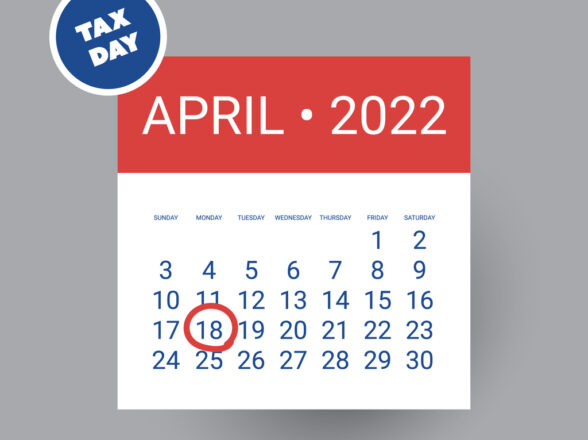Blog
College Costs Keep Rising

As college costs continue to rise, parents are feeling the financial squeeze as they try to pay down their own debt while simultaneously saving for their children’s education. With tuition prices increasing at an alarming rate, many parents are worried about how they’ll be able to afford college for their children. Moreover, with student loan debt reaching record levels, the prospect of taking out additional loans is daunting for many families. In order to alleviate some of the financial burden of higher education, parents are turning to creative solutions such as income sharing agreements and online learning platforms. The challenge now is finding a way to make these options more accessible and affordable in order to ensure that all students have access to higher education.
The cost of college is rising, and it’s putting a strain on families across the country. According to College Board data, the average cost of a public four-year school was $20,500 in the 2022-23 academic year, while a private nonprofit school cost an average of $52,590. This means that many families are struggling to pay for college and are forced to take on more debt in order to afford it. This squeeze is likely to get worse as the cost continues to increase.
With the federal loan payment pause coming to an end, many Americans are facing a unique financial strain. This is especially true for parents of children who plan to attend college in the future. The cost of college tuition is already high and increasing every year, and with the added burden of having to pay back existing federal loans, this situation can be daunting.
Parents are now faced with a difficult decision: do they take on more debt in order to give their children the opportunity to attend college, or do they make other financial sacrifices in order to pay off their current loans? The next few months will be critical for these families as they try to find a solution that works best for them.
The burden of student loan debt is no longer just a problem for recent graduates in their 20s. A significant number of older people are also carrying debt, with the largest chunk of federal student loans belonging to borrowers aged 35 to 49. This staggering amount of $636 billion held by 14.7 million people shows that the issue is prevalent among older generations as well.
Even though the Supreme Courted knocked down recent attempts to wipe away student debt for some as unconstitutional, the President is now trying to circumvent the ruling with a loophole on debt repayment. There is no doubt more legal wrangling will follow. We cannot forgive our way to getting the cost of a college education lower, or having young people make wise financial decisions about pursuing higher education. Ultimately, market forces should drive us to optimal outcomes, and we support less intervention than more when it comes to the college experience as a whole.
Finally, the changes to income-driven repayment plans may have a significant impact on borrowers’ monthly bills. With many people already overextended on their budgets, the extra costs could be too much for them to bear. This could lead to a rise in defaults and delinquencies, which would further complicate the situation for those who are already struggling with their debt. It is important for borrowers to understand how these changes may affect them so that they can make the best decisions for their financial future.




































































































